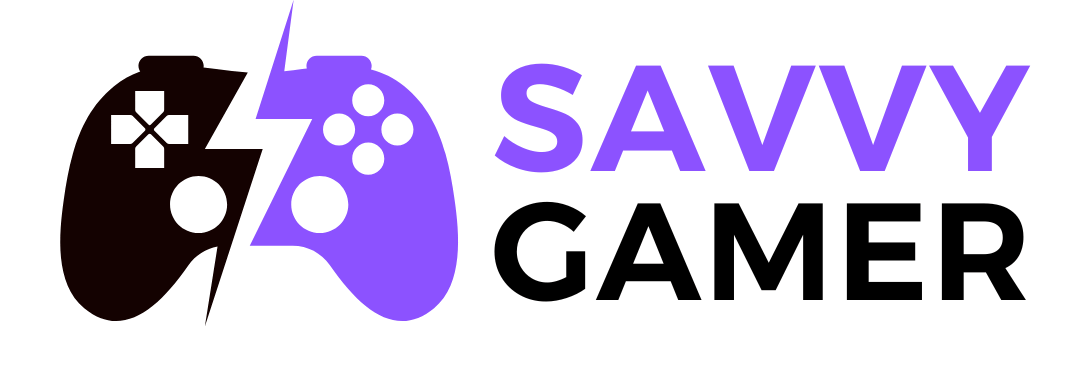Speak Tech Like A Pro
Getting lost in a tech conversation happens to everyone. You nod along, secretly Googling half the terms just to keep up. Today’s world speaks a digital dialect filled with buzzwords that can sound confusing yet fascinating. Understanding them doesn’t just boost confidence—it changes how you interpret innovation itself. Ahead lies a breakdown of twenty essential tech terms that’ll make you sound sharper almost instantly.
1. Algorithm
Behind every app and website lies a quiet problem-solver—the algorithm. It’s just a series of clear steps that tell computers what to do, an idea dating back to the Persian mathematician Al-Khwarizmi. Today, those same logic chains run everything from your searches to your playlists.
2. Ambient Computing
You’ve probably used it without noticing. Lights that dim automatically or speakers that answer before you finish a question—this is ambient computing at work. The idea, first imagined in the 1980s, aims to make technology fade quietly into everyday life.
 Zendure Power Station on Unsplash
Zendure Power Station on Unsplash
3. Generative AI
The age of machines that create has arrived. Generative AI doesn’t just copy—it writes stories and even paints pictures by learning patterns from data. Tools like ChatGPT and DALL·E show how technology can now collaborate creatively with humans, not just assist them.
4. Machine Learning
Instead of being programmed for every task, machine learning lets computers figure things out on their own. It studies data, spots patterns, and improves over time. That’s how Netflix predicts what you’ll like, and banks flag suspicious charges before you even notice.
5. Augmented Reality
Have you ever tried catching a Pokémon on your phone? That’s augmented reality—technology that layers digital images on real surroundings. What began as a lab experiment in the 1960s now shapes navigation tools and games that merge fantasy with everyday life.
6. API (Application Programming Interface)
Think of an API as a digital middleman. When you use a ride app or log in with Google, it’s the API making the request and fetching what’s needed. Without it, apps wouldn’t be able to connect or exchange data as smoothly as they do.
7. Cloud Computing
Back in the day, companies needed big server rooms. Now, thanks to cloud computing, storage and software live online. It’s something that lets you stream shows, back up photos, or collaborate on documents from anywhere—all without worrying about running out of space.
8. End-To-End Encryption
Picture sealing a letter that only your friend can open. That’s how end-to-end encryption works. It locks messages so not even the app company can read them. While privacy advocates cheer it on, some governments argue it makes investigations harder.
9. Zero Trust Architecture
Zero Trust flips the old security mindset: trust no one, verify everyone. Coined in 2010, it demands constant checks on every user and device. With remote work and cyberattacks rising, it’s become the backbone of modern digital defense.
10. Edge Computing
Cloud computing made storage easy, but slowed things down for time-critical tasks. Edge computing fixes that by handling data closer to where it’s created—like in cars or cameras. It results in quicker responses, smoother performance, and smarter cities that react in real time.
11. Digital Twin
NASA first used the idea of “digital twins” during the Apollo missions to test fixes without touching the spacecraft. Today, the concept lives on in virtual models of factories and cities, helping engineers predict problems before they even occur and keep systems running smoothly.
 Astronaut David R. Scott, Apollo 15 commander. on Wikimedia
Astronaut David R. Scott, Apollo 15 commander. on Wikimedia
12. Neural Network
Neural networks were built to reflect how the brain learns and processes information. The first models appeared in the 1940s, but now they handle billions of connections. They’re what let phones recognize faces, cars drive themselves, and AI tools understand what you say or see.
 Midjourney; prompt suggested by Grok on Wikimedia
Midjourney; prompt suggested by Grok on Wikimedia
13. Data Mining
Data mining digs through mountains of information to uncover useful patterns. What began as a blend of math and database science in the 1990s now drives marketing insights and fraud detection, turning raw data into decisions that shape entire industries.
14. Natural Language Processing
Natural Language Processing, or NLP, teaches computers to understand and use human language. It’s what powers chatbots and translation apps. It started with simple programs like ELIZA in the 1960s and now helps machines translate and even detect emotions in text.
 Unknown authorUnknown author on Wikimedia
Unknown authorUnknown author on Wikimedia
15. Metaverse
The metaverse began as a sci-fi idea in Neal Stephenson’s Snow Crash, but has become a digital world of its own. Blending VR, AR, and online life, it’s evolving into a place where people work and socialize through immersive experiences.
16. DevOps
Software once moved slowly—developers built and IT deployed, but the two rarely met. DevOps changed that. By blending collaboration and automation, it turned release cycles into rapid loops. Since 2009, it’s helped tech teams build faster and more reliably than ever before.
17. Tokenization
Tokenization hides private data by swapping it for random placeholders. Originally built to protect credit card info, it now shields health records and IDs too. Unlike encryption, it doesn’t rely on complex math—just clever substitution that keeps hackers guessing and users safe.
18. Microservices
Microservices changed how big apps are built. Instead of one massive program, companies like Netflix use many small ones working together. Each handles a single task, making updates faster and failures smaller. It’s teamwork for software, and it keeps the internet running smoothly.
19. Internet Of Things (IoT)
A simple Coke machine at Carnegie Mellon once sparked a revolution as it could report when it ran out of drinks. That tiny innovation became today’s Internet of Things, where smart watches, thermostats, and factory sensors quietly share data to make life faster and more connected.
20. Federated Learning
Training AI used to mean gathering massive amounts of personal data. Then came a clever fix: teaching models right on your device without sending anything back. That’s federated learning, a privacy-first approach that began with Google’s 2016 keyboard updates and now shapes healthcare and finance.
























